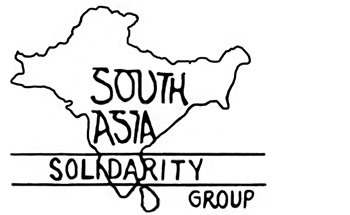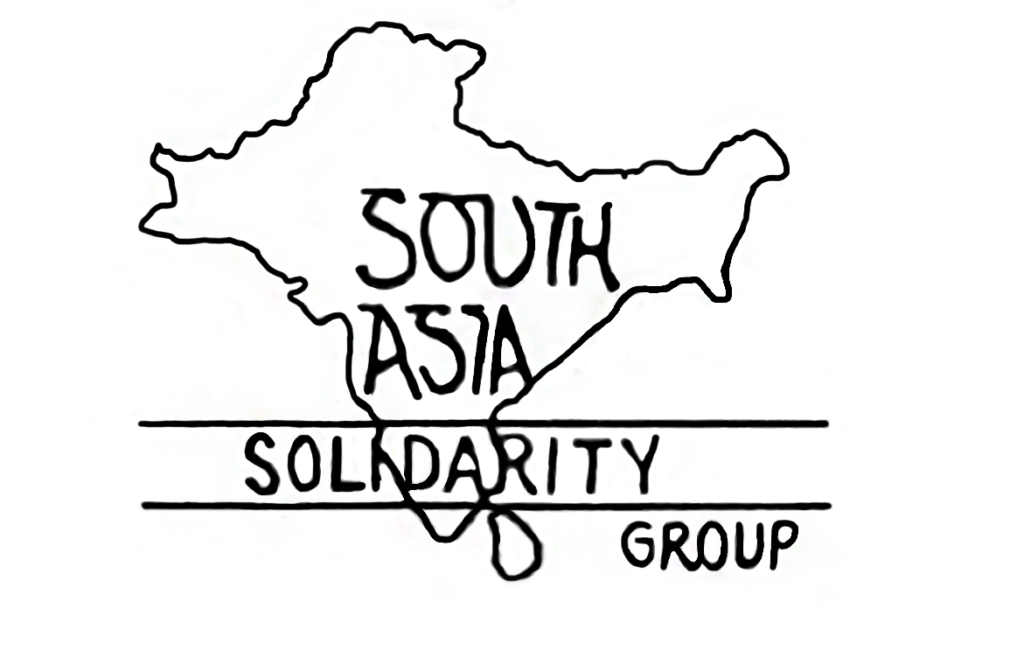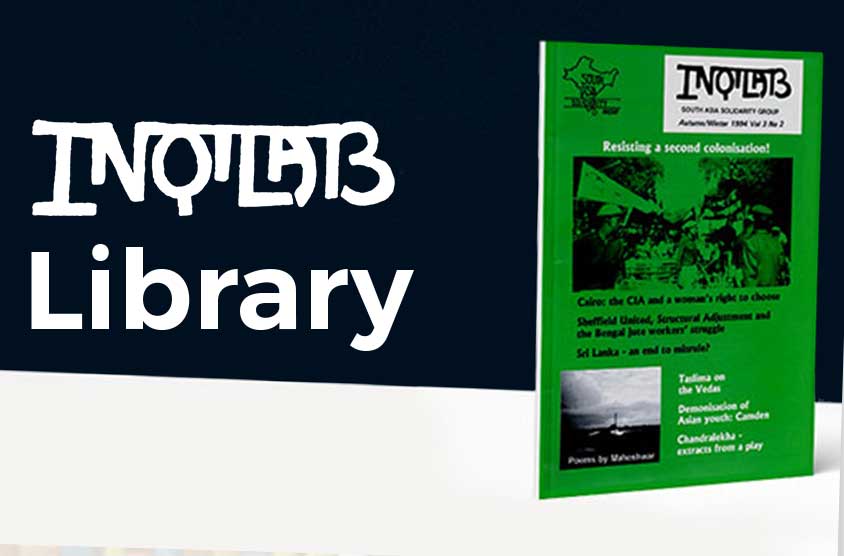- August 25, 2011
- Posted by: admin
- Category: News
Naeem Malik, revisits Hamza Alavi’s incisive analysis of the role of Pakistan’s military in the administration of the US Empire and discusses its relevance today
Writing in 1998 (Economic and Political Weekly June 20), Hamza Alavi, urged us to distinguish between the propagandist view of the Pakistan-US military alliance and the real factors behind the façade. “India-centred explanations of the US-Pakistan military alliance of the 1950s (and its subsequent re-incarnations)”, he wrote “obscure its true purpose and the overall dynamics ofPakistan’s foreign policy as a protégé of theUS”. He argued that the westward shift ofPakistan’s foreign policy was US driven and that this shift dated back to the fifties when the progressive prime minister of Iran, Mossadeq nationalized the British-owned Anglo-Iranian oil company which controlledIran’s entire oil resources. US fears thatIranwould challenge Western interests in the region west ofPakistanprompted theUSto develop links withPakistanand particularly with its military.
Pakistan’s military was cultivated from then on to protect US and Western interests in theMiddle East. This it has done with some success and continues to do so despite the rhetoric from both theUSand thePakistanadministrations. In 1956, theUSviewedPakistan’s military as the most cost effective and essential means to protect US interests in the region. In a hearing on the Mutual Security Act in 1956, as Alavi tells us, Congressman Vorys testified that whereas “it costs the US $5,900 to have an American soldier overseas without a gun, it costs the US a mere $744 to have a Pakistani soldier carrying a gun under joint US/Pakistan military command” with the added political advantage of fewer American casualties. The same is true today. Pakistani troops offer US an extremely favourable option inAmerica’s foreign adventures. Today,USdeployment inAfghanistanis becoming economically and politically more costly than Obama’s administration can bear. As Obama approaches election for his second term, he is pressurisingPakistanto do more in theUS’s war on terror. The Pak-US relationship is today the main factor restricting the genuine development ofPakistanand its civil structures.
While Mossadeq’s nationalization ofIran’s oil fields saw the start of the development of an alliance between the Pakistan Army and theUS, in the period following this the Pakistani army became increasingly dominant in rulingPakistan. At the time of Kassem’s coup inIraq, in 1958, whenPakistanbecame part of the Baghdad Pact, Ayub was in the process of preparing a coup of his own. At this time, the idea of intervention inIraqbyPakistanandTurkeywas considered but abandoned. Instead Ayub staged his own coup d’état in October of that year and established army rule overPakistan. It was after Ayub’s takeover thatPakistan’s military was actively deployed inSaudi ArabiaandIranto bolster the pro-Western regimes against the nationalists inIraqandEgypt. When the Iranian uprising against the Shah started, theUSitself, having suffered defeat inVietnamsent mixed signals to the Shah about how far he can go to preserve his administration.
By 1979 the Soviet Union was already starting its incursion inAfghanistanand this meant that it was again, not possible to deploy thePakistanarmy to protect US interests inIran. (However, by that timePakistanhad already served theUSinJordanby assisting King Hussein to expel the Palestinians fromJordanand had troops stationed inSaudi Arabiato protect Saudi rulers and US interests in the kingdom.) But in this period,Pakistan’s army under General Zia played an extremely significant role asUSproxy. In fact, the Pakistan Army’s incursion intoAfghanistanbecame the defining moment forPakistan, theUSand theSoviet Union. It was in Zia’s rule that Arabisation of the language and culture ofPakistanalso took foothold. From Zia’s andUSperspective, the Arabisation of Pakistan was essential to isolateIranafter its overthrow of the Shah, and, if need be, preparePakistanfor intervention inIranwhen theUSdeemed necessary.
The Soviet empire crumbled and in 1991, the Warsaw Pact was dismantled. Pakistanbecame unstable to the point of being almost ungovernable. US became the only super power, completely in control of the ‘global village’. The Zia regime and its policies, both foreign and internal, were driven by two international events in the region. One was the Soviet presence in Afghanistanand the other was the USanimosity towards the Islamic Revolution. At least that is how Hamza saw it in his article of June 20th 1998 in the Economic and Political Weekly.
Since 1971,Pakistanarmy has only been deployed in any fighting on behalf of theUS, or internally inBaluchistan. In the eighties it fought a proxy war for theUSinAfghanistan. Today it is engaged in supporting theUSoccupyingAfghanistan. May be in the future it hopes to be part of the administration ofAfghanistanon behalf of theUS?
As for casualties, by now Pakistani troops have suffered more while deployed on behalf of theUSin the War on Terror than in fightingIndiasince its existence.Pakistanlost some 3,800 soldiers during the 1965 war withIndia, whereas in the west ofPakistanborderingAfghanistanin the current deployment alonePakistanhas lost a similar number of soldiers. In addition there are civilian casualties which run into tens of thousands.
The occupation ofAfghanistanwould not have been possible without the active support of the Pakistan Army.Pakistanforms the key irreplaceable supply line for the NATO troops inAfghanistanand military and air bases withinPakistanform an essential part of the logistical support for theUSforces in the region. Some of these bases are used to launch attacks withinPakistan’s own borders. All this would not be possible without the willing co-operation of the Pakistan Army. It is not sufficient thatPakistan’s Army is fighting theUS’s war; it is also the case thatPakistan’s people who are among the poorest in the world are financing that war. In the financial year 2010/2011Pakistan’s military budget amounted to some $5.17 billion dollars.Pakistanin the ten years since 9/11 has received $15 billion dollars in aid, this amount to around 1.5 billion dollar per year, less than 20% of the total military budget. In the same period all the warsPakistanhad been involved were US driven.Pakistanhas effectively contributed over 3 billion dollars to US’s military strategy in the region in one financial year alone. This amounts to the people ofPakistancontributing fifteen billion dollars to theUSsince 9/11.
Hamza Alavi argued that Pakistan-US relations in any particular period are decided by the interest of theUSalone and urged Pakistanis to consider their own interests.
I can imagine that Hamza today would be arguing thatPakistanmust de-link itself from the War on Terror and fromUSpolicy in the region and that this would be the key to resolving the challenges which the people ofPakistanface today.
Hamza was able to identify the real forces driving event behind the cloud of propaganda. Today as progressives and those on the left inPakistanattempt to brush aside those clouds and dissect reality, Hamza’s clarity of analysis is sorely missed.


